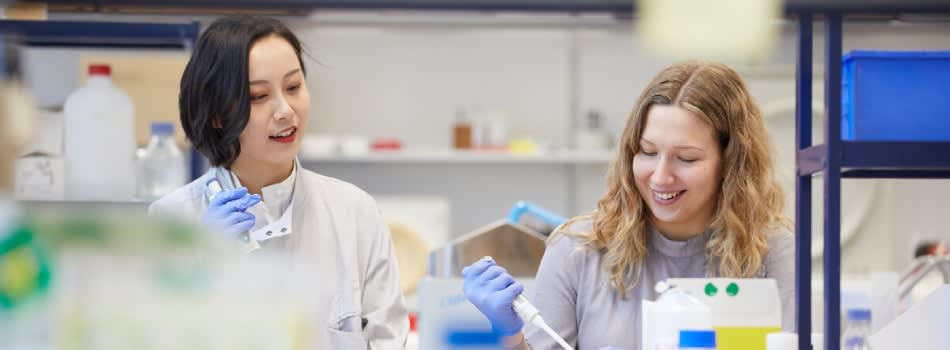The 2022 Avian Influenza outbreak in the UK is largest on record and the first time farm-to-farm transmission and animal-to-human transmission has been identified[1]. Prior to 2022, the number of incidents increased year on year, with 310 incidents in 2020/2021. The increase in outdoor pig units and smallholder farms, together with changes in farming practices and wild bird migration routes and high population density contribute to the potential for a new influenza strain to emerge in the UK.
Avian Influenza is caused by Influenza A virus. Aquatic avian species are a natural reservoir; many other animals including swine, dogs and humans are susceptible to infection. Domesticated animals provide 'mixing’ hosts in which a re-assortment between human and avian strains can give rise to a new pandemic – and this threat is poorly understood. Prior to 2020, a pandemic arising in this way was explicitly categorised as the greatest natural hazard likely to hit the UK in the next 5 years, and this has only been replaced by 'pandemics' to include other diseases in 2020.
This PhD will contribute to epidemic preparedness in the UK.
Aims and objectives
The aim of this project is to address gaps in the scientific evidence base used to inform the control and management of Avian Influenza outbreaks in the UK.
Objectives:
- Characterise the temporal and spatial patterns of historical avian influenza outbreaks in the UK; Identify spatial hotspots for novel strain emergence using wild bird migrations, and domesticated poultry and pig populations;
- Develop an infectious disease model of avian influenza including cross-species transmission and spill-over into the human population;
- Predict the potential impact of climate change on avian influenza outbreaks by affecting wild bird migration routes and timing.
Methodology
Objective 1: The student will use data on annual avian influenza outbreaks since 2005[3] to characterise seasonality and spatial patterns in wild birds, domesticated poultry and pigs. Patterns of outbreaks will be linked to anonymised Defra data on distribution of poultry and pig farms in the UK to identify spatial clustering with wild bird migration pathways and over-wintering sites. Spatial data on seasonal human influenza will be used to map potential sites and species where co-infection with avian and human strains might present a risk.
Objective 2: The student will develop a stochastic infectious disease model of spill-over from birds to pigs to humans and the importance of cross-species transmission. We will use a similar framework to the model developed in [4], using data from [5] to constrain transmission routes within and between species.
Objective 3: The student will use publicly available data on annual, global wild bird migration routes together with local and global weather data to identify migration patterns which can be linked to year-to-year variation in weather, global cycles (like sudden stratospheric warmings/the El Niño–Southern Oscillation) and progressive climate change, with the aim of developing predictors of novel patterns of migration to inform risk analysis.
Apply for this project
This project will be based in Bristol Medical School - Population Health Sciences.
Please contact [Email Address Removed] for further details on how to apply.
Apply now!

 Continue with Facebook
Continue with Facebook




